The More the Merrier

Starr Jordan, of the College of Charleston, is part of a new and growing regional SMILE users group in Charleston, South Carolina. She shares her insights about building a SMILE users group and her favorite SMILE activities.

Starr Jordan, of the College of Charleston, is part of a new and growing regional SMILE users group in Charleston, South Carolina. She shares her insights about building a SMILE users group and her favorite SMILE activities.
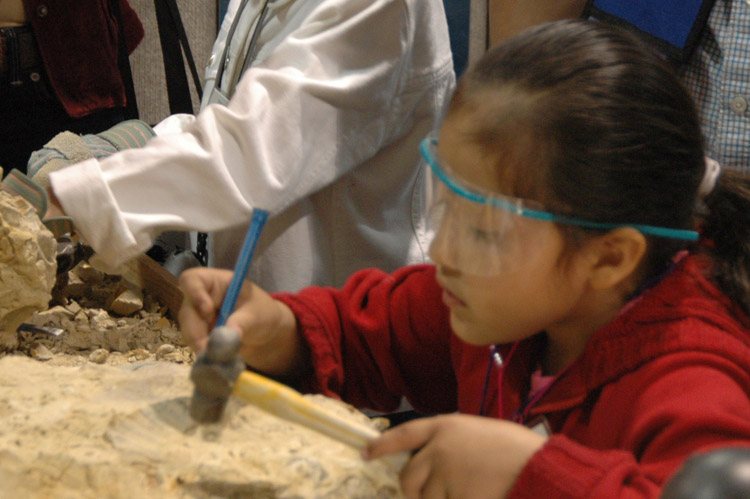

Turn leftover Halloween treats (or any holiday treats like Valentine's Day candy) into sweet STEM explorations, by using candy to illustrate scientific and mathematical concepts and processes.

Visit howtosmile.org in person at the FREE Discovery Days on Saturday, November 3—the culmination of this year's Bay Area Science Festival. SMILE will offer fun hands-on activities during the ballpark-sized public science event at San Francisco's AT&T Park, from 11 AM-4 PM. More than 20,000 visitors are expected.
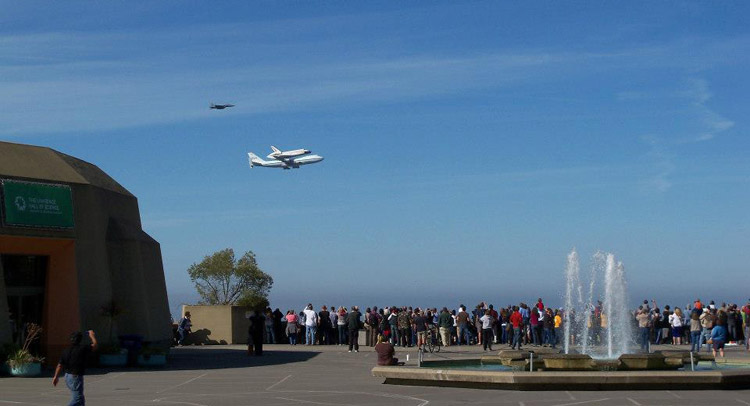
NASA's Space Shuttle Endeavour soared over San Francisco Bay in September, right past the Lawrence Hall of Science where howtosmile.org is based. Piggybacked on a jet, the orbiter made its final awe inspiring flight to its new home at the California Science Center in Los Angeles. (photo by John Erickson, LHS)
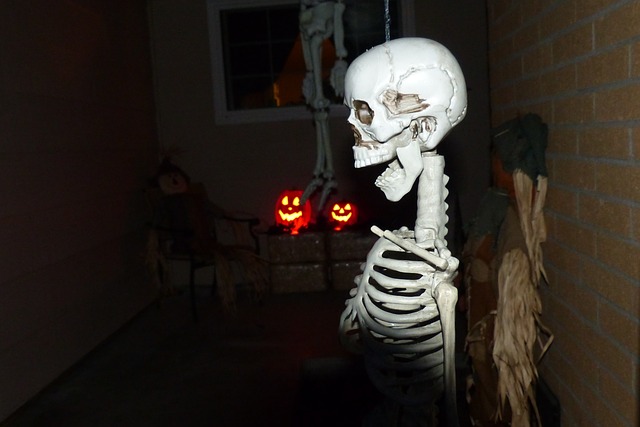
Make no bones about it—Halloween is a great time for spooky science, especially the science of bones! Scary skeletons turn into not so scary science of human bones in SMILE activities like Bone Bingo, Sketch a Skeleton, Bony "Win, Lose, or Draw," Body Parts, Macarena Bones and The Bone Zone. Try these at home, using simple materials like play dough, paper, markers, brads, straws, toothpicks, and cardboard tubes from toilet paper and paper towels.
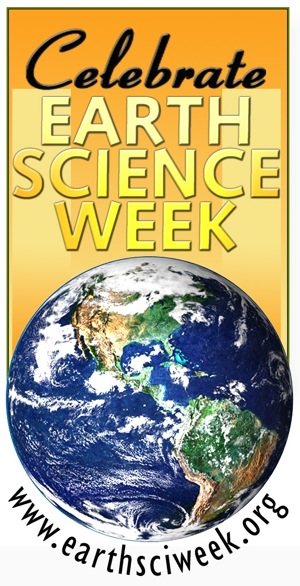 This year, Earth Science Week (October 14-20) celebrates "Discovering Careers in the Earth Sciences." Paul Renne, Director of the Berkeley Geochronology Center, has carved out his career analyzing the age of rocks all over the world.
This year, Earth Science Week (October 14-20) celebrates "Discovering Careers in the Earth Sciences." Paul Renne, Director of the Berkeley Geochronology Center, has carved out his career analyzing the age of rocks all over the world.
Why does he encourage students to pursue careers in science?
"One of the great things about science is that almost anyone can do it at some level. You don't have to be all-star athletic or movie-star glamorous. All you need is a love of learning how the world works," emphasizes Renne, who is also Professor in Residence of Earth and Planetary Sciences at UC Berkeley.
You can discover all kinds of cool things about how the world works, and many of the important things waiting to be discovered will benefit society in direct ways. For example, if we can figure out why certain organisms have gone extinct in the past, it will help us try to avoid creating those conditions in the future."
"Nanotechnology: The Smallest BIG Idea in Science" is this year’s National Chemistry Week theme. It's not too early to start planning local events for the week of October 21-27. You can find planning resources, or search events happening near you, on the American Chemical Society's National Chemistry Week webpages.
Start exploring all kinds of nanotechnology today with Howtosmile.org nano activities. One of the most popular activity themes is nanotech in nature. In SMILE activities like Morphing Butterfly and Exploring Structures: Butterfly, learners will be surprised to discover that the coloration on a Blue Morpho butterfly's wing is not pigment, but the refracted rays of light broken up by the wing's nanoscale structures.
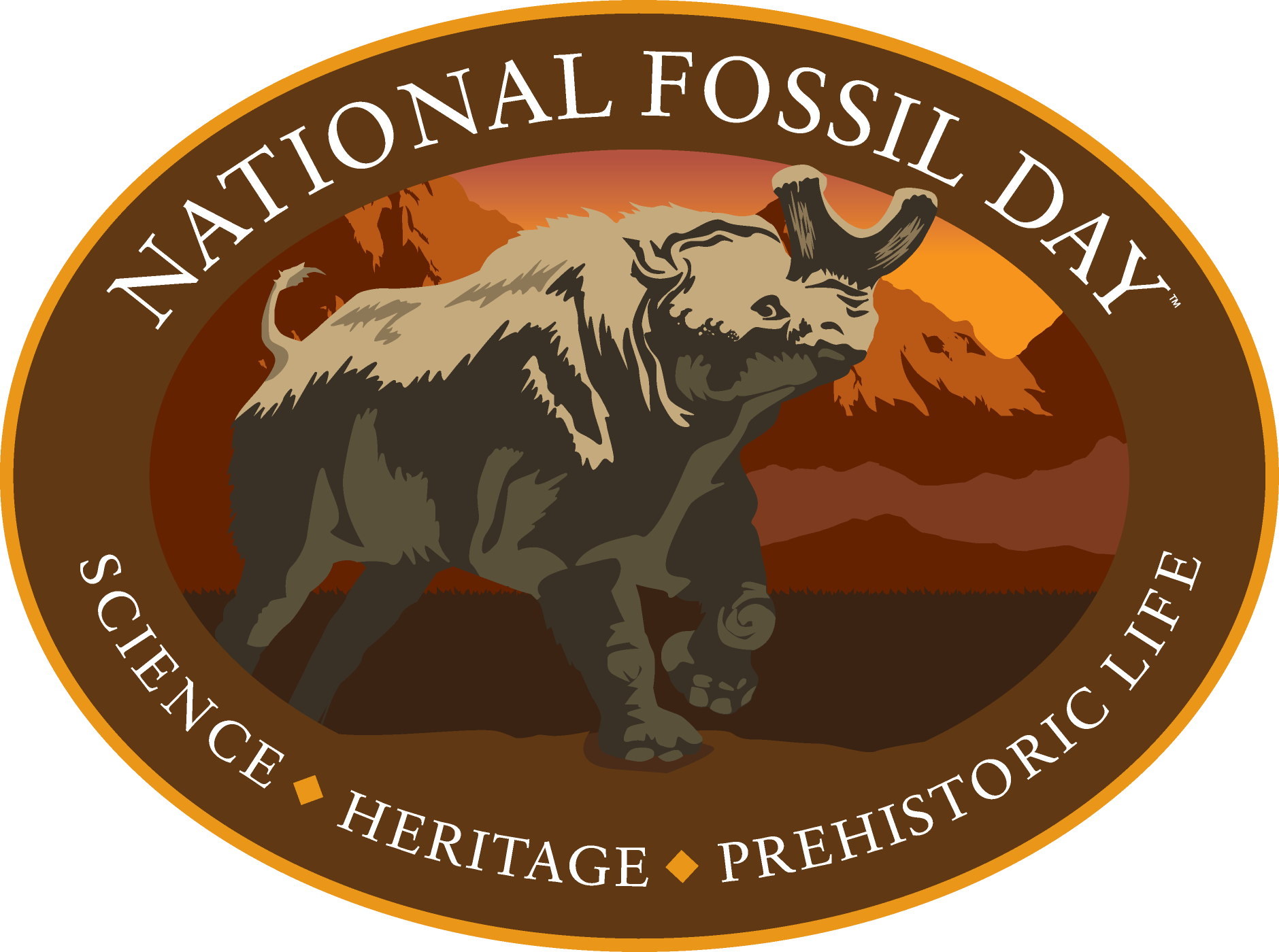
Do you like art and photography and...dinosaurs? Individuals and groups age 8 and up can submit artistic entries to the National Fossil Day Art and Photography Contest. The theme is "Careers in Paleontology."

“Creativity fuels great scientific discoveries,” and can engage learners of all ages, backgrounds and skill levels, says Seelig. She encourages brainstorming as one of the most valuable creativity techniques that can be used in both professional and academic settings. “Brainstorming is the exploration phase of a project, a key to enhancing and expressing your imagination,” she explains.